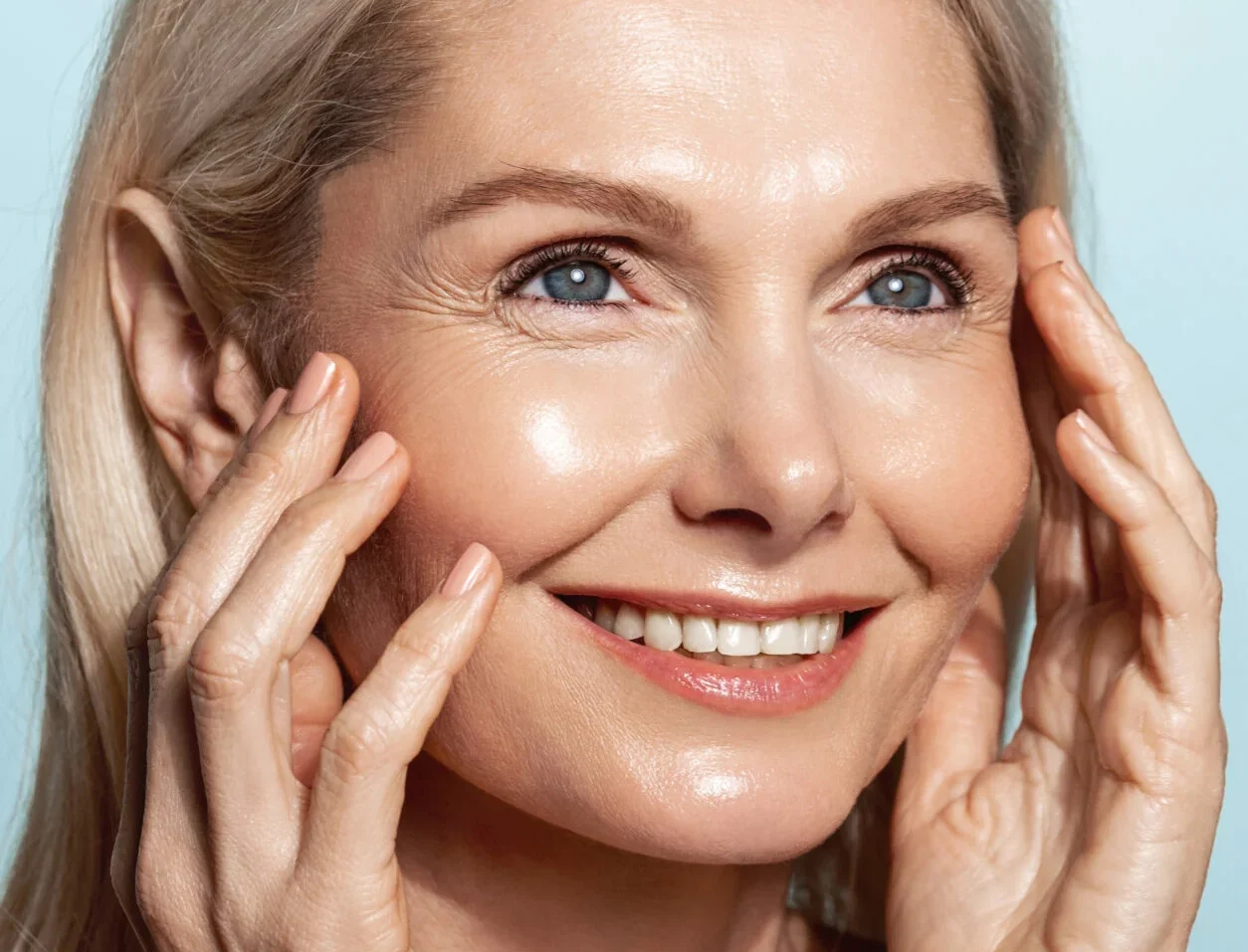Written by Karine Silberfeld, 03 April 2021, in Madame Le Figaro (Beauty/Make-up & Skincare)
Tensor threads, the anti-sagging technique making a strong comeback
Written by Karine Silberfeld, 03 April 2021, in Madame Le Figaro (Beauty/Make-up & Skincare)
To gently reshape the oval of the face, this aesthetic technique is making a strong comeback.

What does it involve?
Threads with tiny cogs that are passed under the skin to tighten the face. For Dr Marie-Thérèse Bousquet, aesthetic doctor, “it’s an interesting procedure for tightening the oval of the face without altering the morphology. It lifts without adding volume, so the result remains natural. But the method is somewhat stigmatised.” Today’s threads have little in common with those used just ten years ago: no more gold threads and the like, tried and then quickly abandoned. “The new generation is very safe. Made from polylactic acid, the threads are absorbable, like sutures in surgery, and imperceptible to the touch as well as to the eye,” adds plastic surgeon Dr Olivier Claude.
For whom?
The ideal profile is a patient aged between 40 and 45 with the beginnings of sagging. “We can then reposition the right volumes and give them back a V-shaped oval, without scars,” says Dr Bousquet. After the age of 50, it is still possible to place threads if a facelift is not desired. But the result will not be as satisfactory, as the tightening effect will be less effective on a more sagging face.
My experience…
Since I turned 30, I (unfortunately) discovered that my first wrinkles started to show. When I came back from holiday, after having had a bit of sun, I had the impression that I had more wrinkles on my forehead and crow’s feet. 6 months ago, I had the opportunity to talk to Dr Olivier Claude about botox during my hyaluronic acid injections (which I had done on the oval of my face to prevent ageing/sagging of the facial skin). He then advised me to use this technique as a second step, to work locally on the more pronounced expression lines. So it was with complete confidence that I went back to see him to experience the famous “botox” for the first time…
How does it work?
After an initial consultation, an appointment is made at the doctor’s office. Under local anaesthetic, the doctor makes an entry point in front of the ear (temple or hairline), then places five to seven threads on the lower third (for the oval), the upper third (for the cheekbones and nasolabial folds) or the whole face. The procedure takes approximately 45 minutes. The results will last between 15 and 18 months. “Most of the time, my patients come back between 18 and 24 months later,” says Dr Bousquet. Some of them come back for more, because “it is quite possible to have several thread placements, which will often be combined with hyaluronic acid injections”, adds Dr Claude.
What are the reservations?
It is best to have the right profile: it is not the right technique for a face that is too emaciated or with skin that is too thin. Furthermore, if the doctor uses too few threads, the result will not be up to your expectations. Tightness may occur after the operation (soothed by paracetamol), and there may be some swelling and bruising for a few days. Finally, good asepsis is essential, and intense sports, choir singing and eating hard foods should be avoided for a fortnight.
How much does it cost?
Please contact the secretariat if you have any questions.
To find out more about aesthetic medicine: J’y vais, j’y vais pas (Should I Stay or Should I Go), by Isabelle Sansonetti, Éditions JC Lattès, 224 pages, €18.